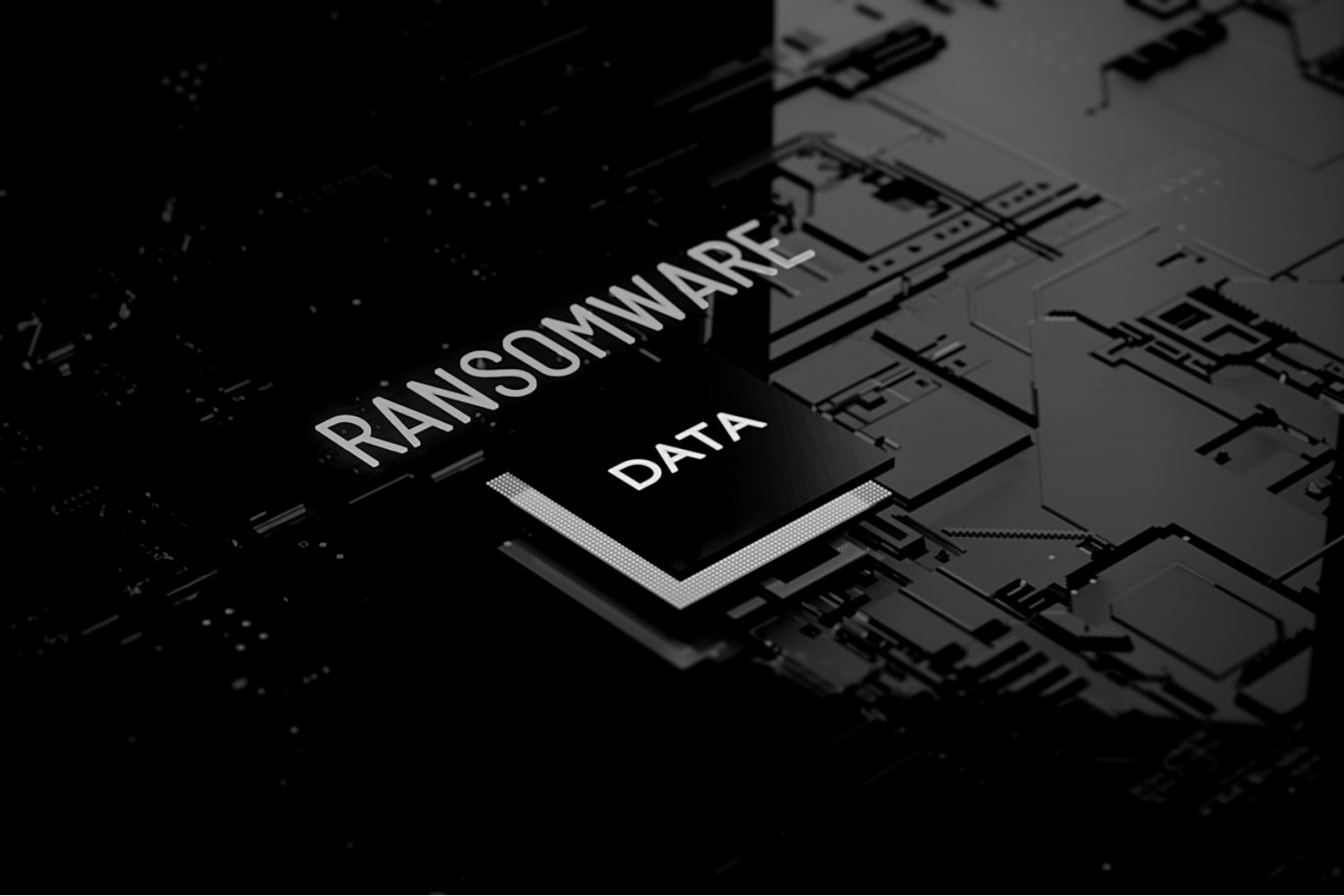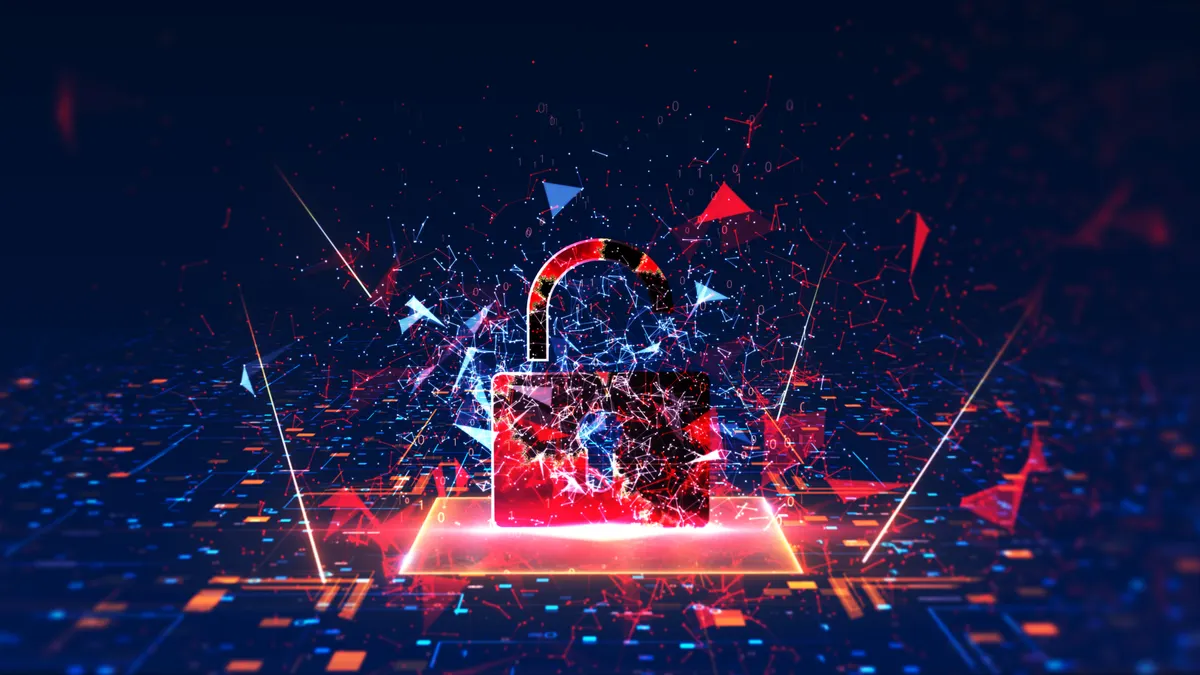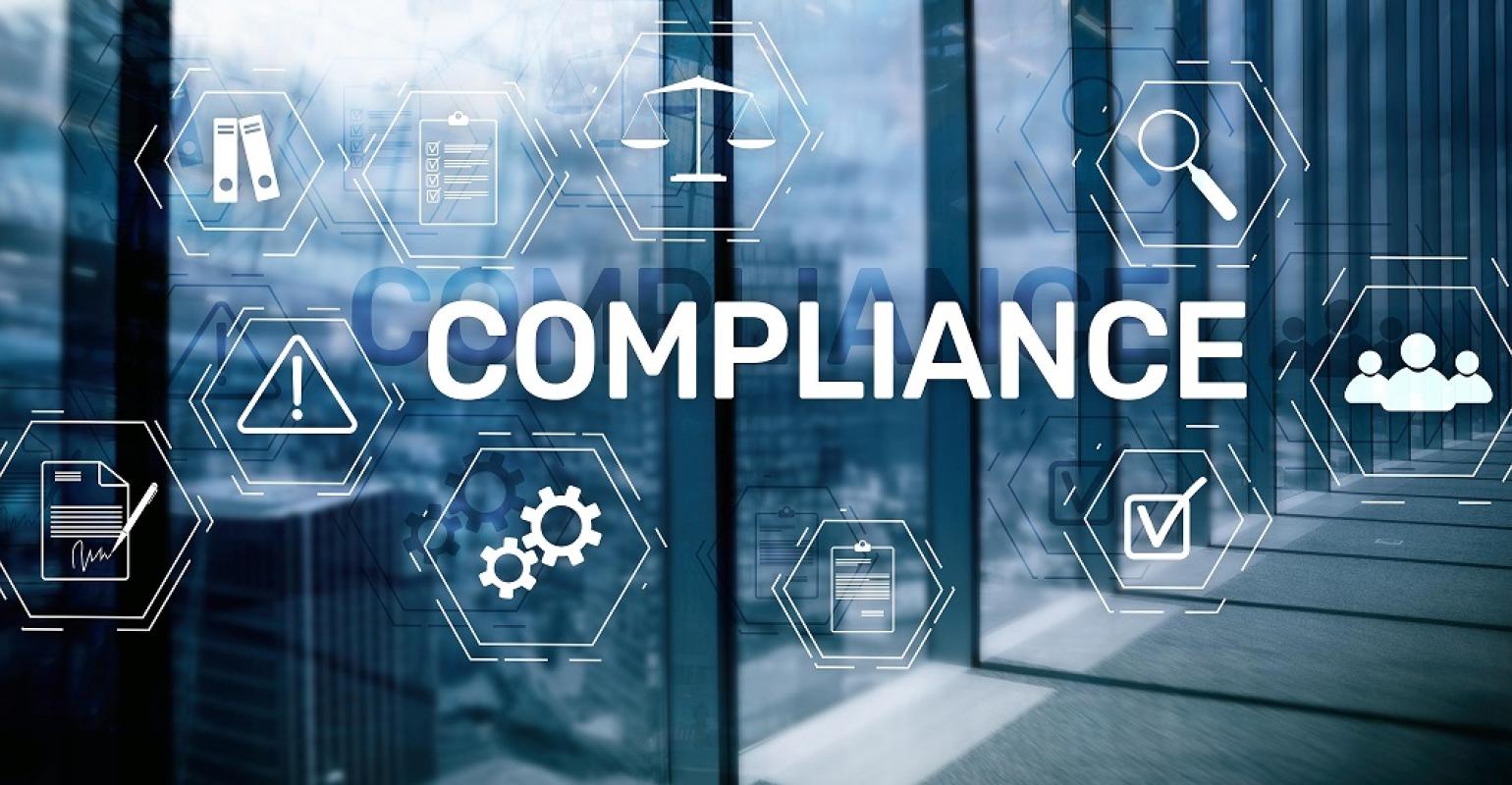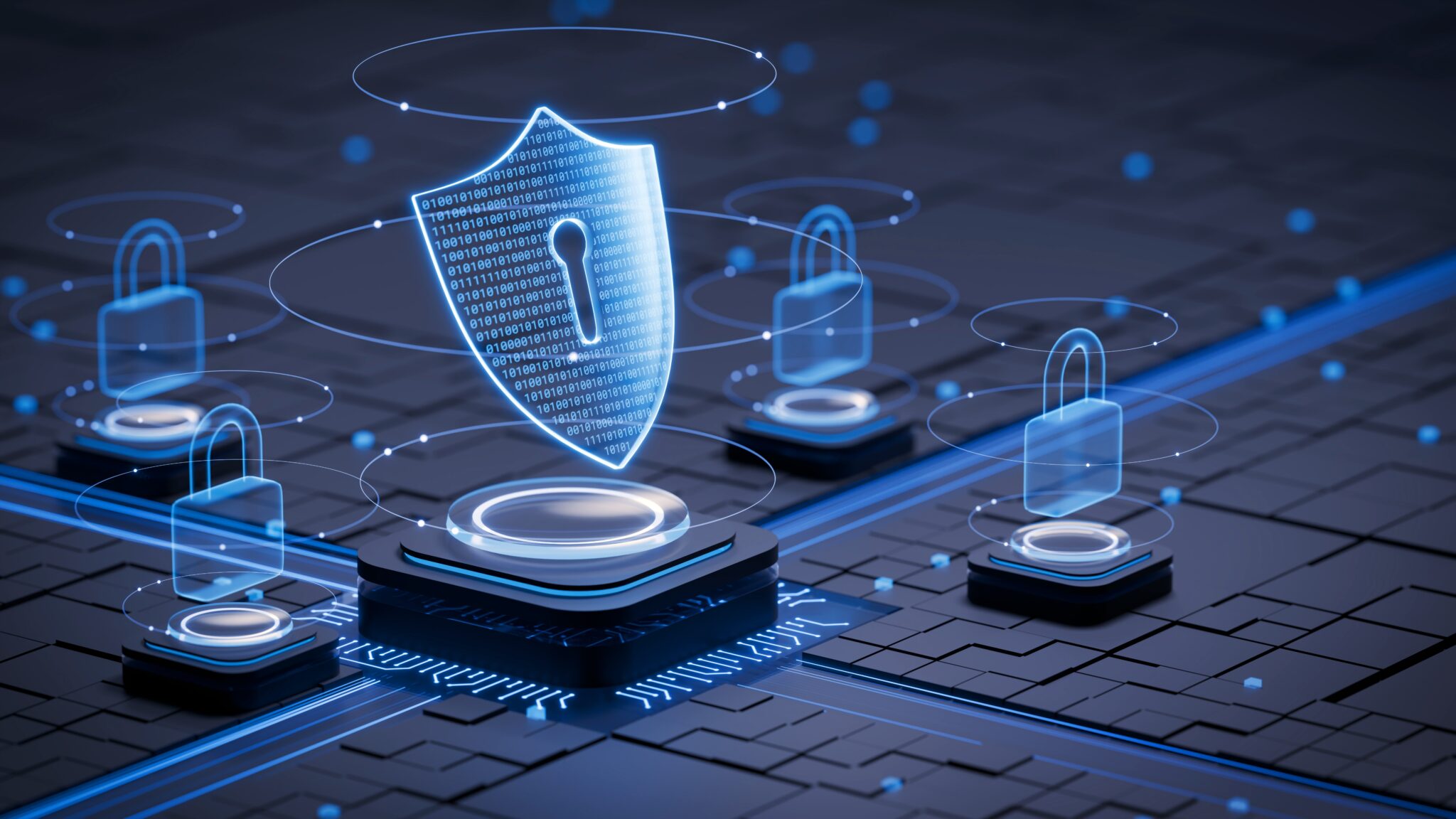Introduction
A ransomware attack is no longer just a worst-case scenario but it’s the new normal. It’s not a matter of if, but when. What’s more alarming? Most organizations believe they’re protected because they have cloud backups. But when ransomware hits, even those backups can get encrypted, deleted, or held hostage.
The cold truth: Cloud backups are not a silver bullet. Attackers are evolving, and if your business relies solely on SaaS-based recovery systems, you’re one step away from total operational failure.
How Ransomware Has Evolved to Target Cloud Backups
Modern ransomware isn’t a simple lock-and-demand scheme. Today’s threat actors use double extortion tactics, targeting both live systems and connected backup environments. They scan for API keys, cloud credentials, and remote admin tools. Once inside, they delete shadow copies, encrypt backups, and sometimes even upload stolen data to leak later.
In many cases, attackers spend weeks inside your network before striking and studying your infrastructure, locating your cloud sync points, and disabling your recovery systems just before launching the final payload.
Why Cloud Backup Solutions Fail During a Real Attack
Most cloud backups are directly integrated with production environments. That makes them faster but also far easier for ransomware to access and compromise. Even cloud vendors like AWS, Google, and Microsoft admit in their shared responsibility models that you are on the hook for securing your backup configuration, permissions, and authentication methods.
And if your cloud vendor suffers an outage or breach of its own, you could lose both your primary and backup data. In 2021, a ransomware attack on Kaseya’s SaaS backup platform proved just that and it’s taking down thousands of businesses who thought they were protected.
The Myth of Immutability in Cloud Backup Marketing
Cloud providers love to promote the word “immutable.” But most “immutable backups” still exist within the same infrastructure that supports production systems. Unless those backups are air-gapped, physically isolated, and locked from both external and internal access, they’re not truly immutable. If your credentials are compromised, so is your backup.
Worse, many businesses discover during recovery that their cloud-based backup was corrupted, incomplete, or not retained long enough to restore clean data. It’s the ultimate betrayal especially when your last line of defense doesn’t show up.
How EXIGENCY Protects You with On-Prem, Air-Gapped Backups
EXIGENCY designs infrastructure with zero-port tunneling, full physical isolation, and scheduled air-gapped backup cycles that ransomware simply cannot reach. Our systems keep your critical backups offline, separated from production systems, and encrypted using quantum-resistant protocols. These backups are stored locally, meaning you control who accesses them and when.
We also implement testable disaster recovery plans so you’re not just backing up but you’re practicing real-world recovery. This ensures that when disaster strikes, you can reboot your entire environment from scratch, without waiting on third-party support.
FINAL THOUGHTS: RECOVERY ONLY WORKS IF IT SURVIVES THE ATTACK
A backup system is only as good as its ability to survive a breach. Cloud backups, while convenient, are often the first casualty in a ransomware assault. With EXIGENCY, you eliminate that vulnerability. We put you in control with hardened, on-prem, air-gapped solutions that ransomware can’t touch because it can’t even see them.
Ransomware doesn’t play fair. It doesn’t wait for you to figure things out. So don’t rely on yesterday’s strategies to fight today’s threats. Choose EXIGENCY and recover with confidence every time.






No comment